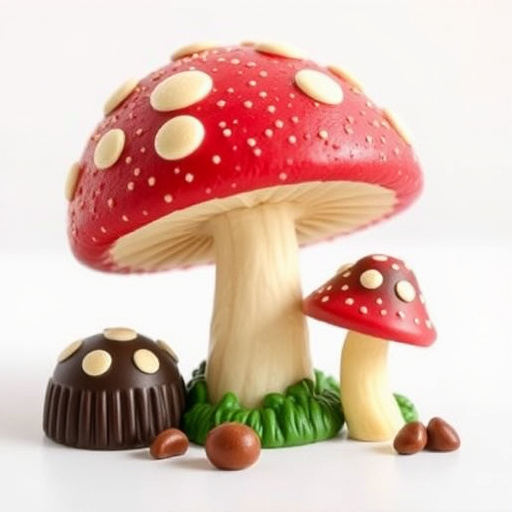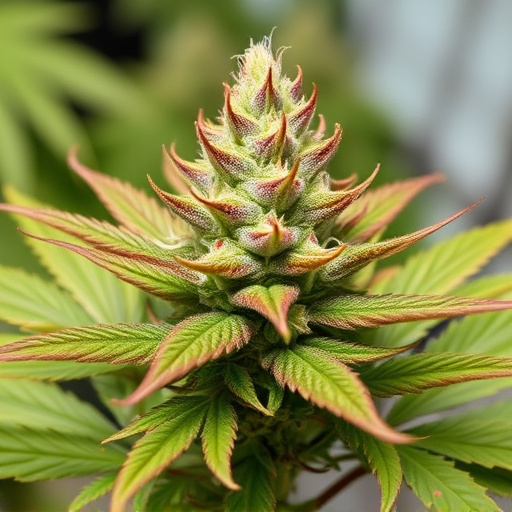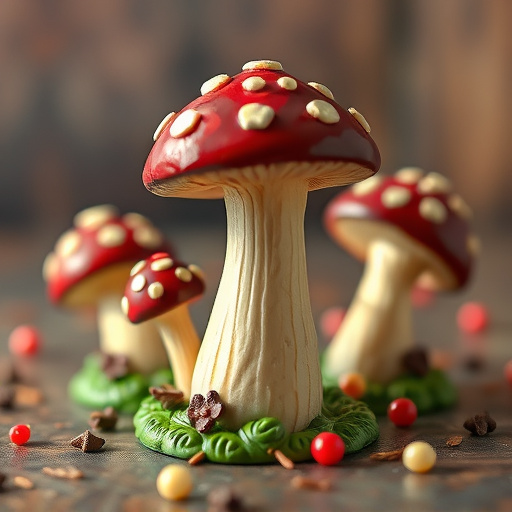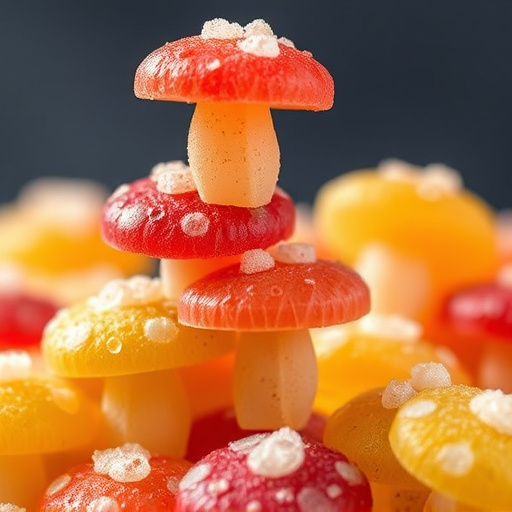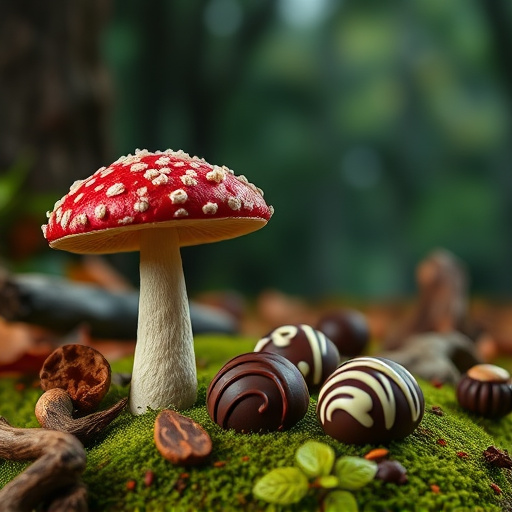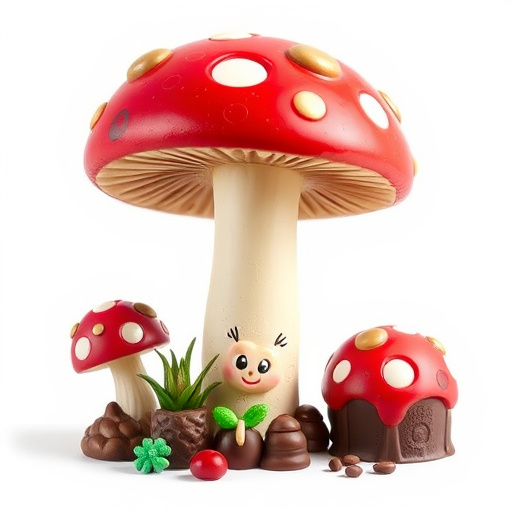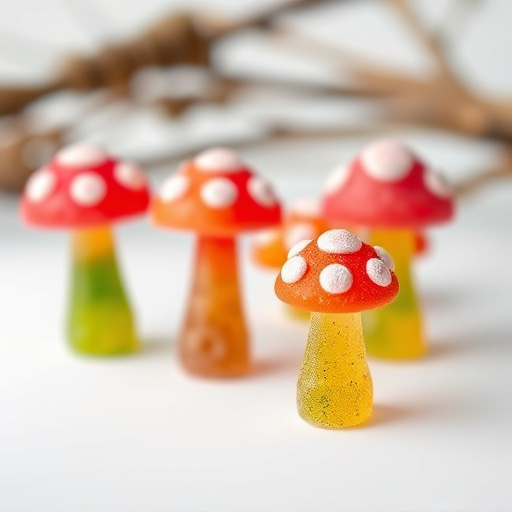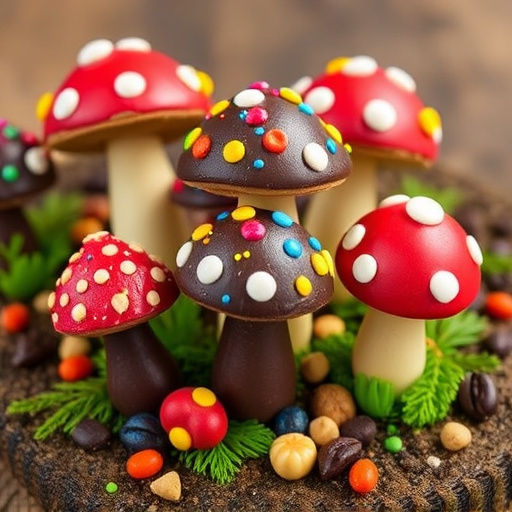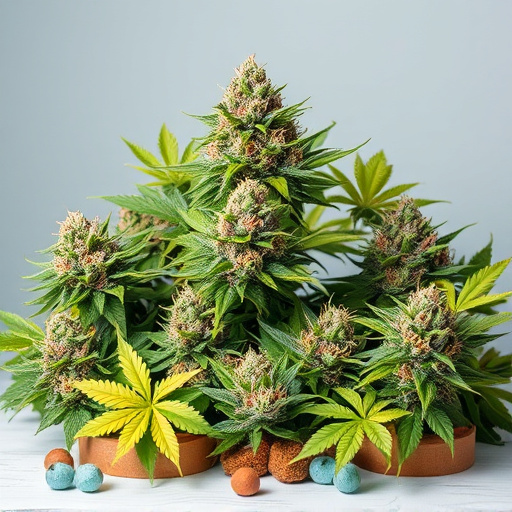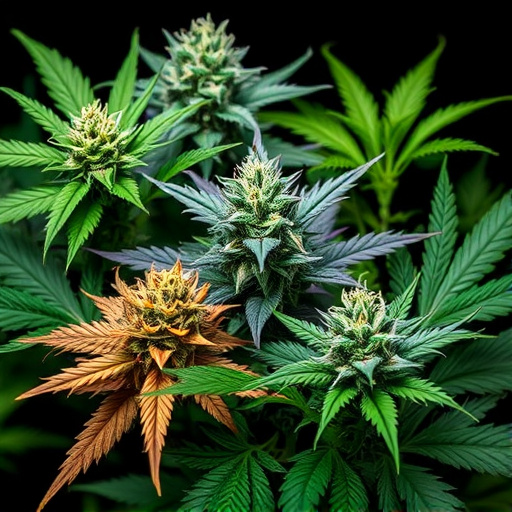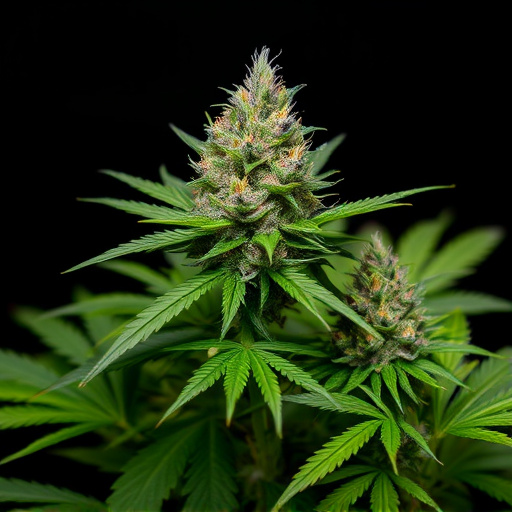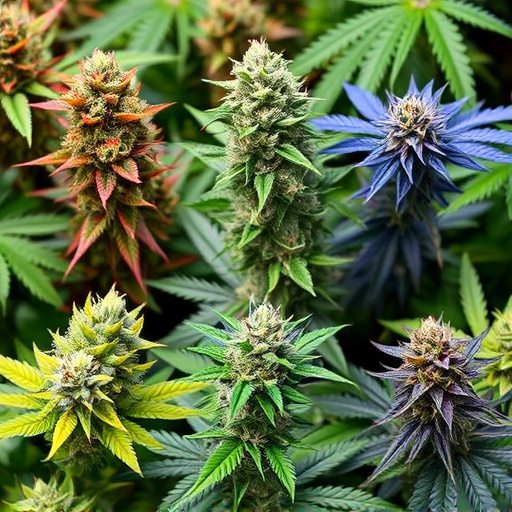Different cannabis strains vary in skunkiness due to genetic diversity and terpene profiles, particularly from compounds like myrcene. Breeders selectively cross strains to create hybrids with desired terpene compositions, offering a wide range of scents and flavors catering to diverse consumer preferences. Growers can enhance or reduce skunk-like notes through selective breeding, creating a vast array of aromatic cannabis strains while maintaining their therapeutic value.
Have you ever wondered why some cannabis strains emit a distinct, skunk-like aroma while others don’t? It’s not just about personal preference; it’s a complex interplay of genetics, cultivation techniques, and varietal differences. This article delves into the science behind skunky scents in different cannabis strains. From the genetic makeup and terpene profiles that contribute to these aromas to cultivation techniques and environmental factors that can alter them, we’ll explore what makes certain strains smell more skunkier than others.
- Genetics and Terpene Profiles: The Skunk Factor
- – Exploring the role of genetic makeup in cannabis strains
Genetics and Terpene Profiles: The Skunk Factor
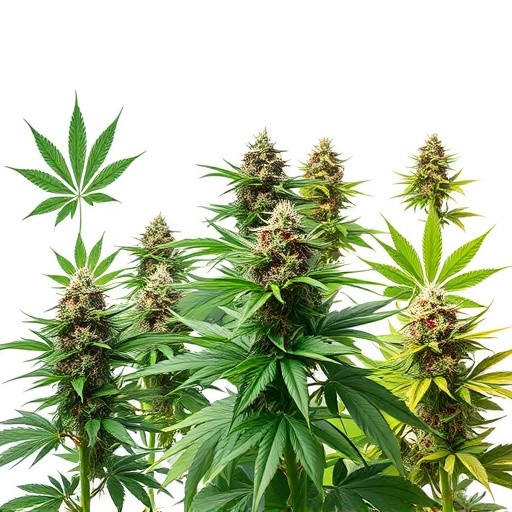
Different cannabis strains exhibit varying levels of skunkiness, and genetics play a pivotal role in shaping these unique aromas. Each strain’s terpene profile contributes significantly to its overall scent. Terpenes are aromatic compounds that not only give cannabis its distinct smell but also influence its effects on the mind and body. One particular terpene, myrcene, is often associated with skunk-like odors. Strains rich in myrcene tend to have a more pronounced skunkiness.
Genetic diversity among cannabis plants results in variations in terpene production. Breeders carefully select and cross different strains to create hybrids with specific terpene profiles, aiming for desired aromas. This genetic manipulation allows for the development of new, skunkier strains or those with other appealing scents, catering to diverse consumer preferences in the market for different cannabis strains.
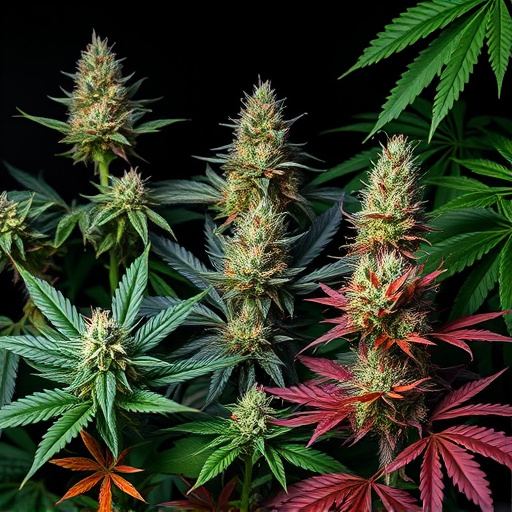
Cannabis enthusiasts often marvel at the vast array of scents and flavors found among different cannabis strains. One notable distinction many have noticed is the skunk-like aroma, a characteristic that can vary significantly from one strain to another. This distinct scent is primarily attributed to a group of volatile compounds known as terpenes, specifically myrcene, limonene, and pinene, which contribute to both the taste and smell of cannabis.
While some strains naturally emit a stronger skunkiness due to higher concentrations of these terpenes, others may have been selectively bred to reduce or alter this aroma. Growers often manipulate genetic profiles to cater to diverse consumer preferences, resulting in a wide range of scents from floral and fruity to earthy and spicy—all without sacrificing the therapeutic benefits associated with cannabis.
– Exploring the role of genetic makeup in cannabis strains
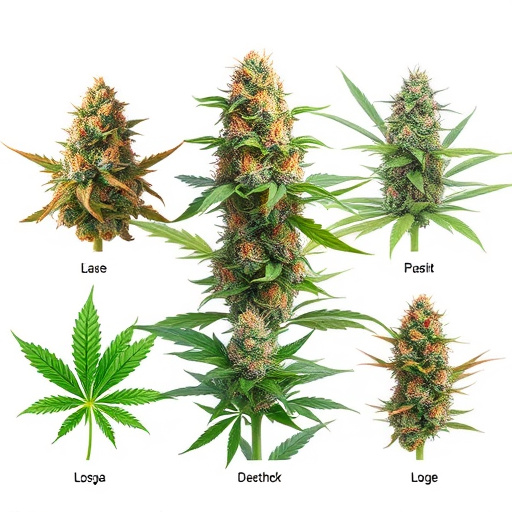
The diverse world of cannabis is defined by its vast array of strains, each with unique characteristics and profiles. One of the most noticeable distinctions among different cannabis strains is their aroma—some possess a distinctively skunk-like scent while others offer more subtle or even pleasant fragrances. This aromatic variation is heavily influenced by the genetic makeup of each strain.
Just as humans inherit traits from their ancestors, so do cannabis plants. The genes they carry dictate not only their physical appearance but also their chemical composition, including the production of terpenes and cannabinoids. Certain genetic lines naturally produce higher levels of myrcene, a terpene known for its skunk-like aroma, resulting in strains with more pronounced skunkiness. Understanding these genetic factors is crucial when exploring why some cannabis strains smell skunkier than others.
The distinct skunky aroma associated with certain cannabis strains is a result of their unique terpene profiles, which are heavily influenced by their genetic makeup. Different cannabis strains exhibit varied levels of myrcene, a key terpene known for its pungent, skunk-like scent. Understanding these genetic variations allows cultivators to nurture specific strains that cater to diverse consumer preferences, ensuring that the market offers a wide range of aromatic experiences beyond simply “skunky.”
